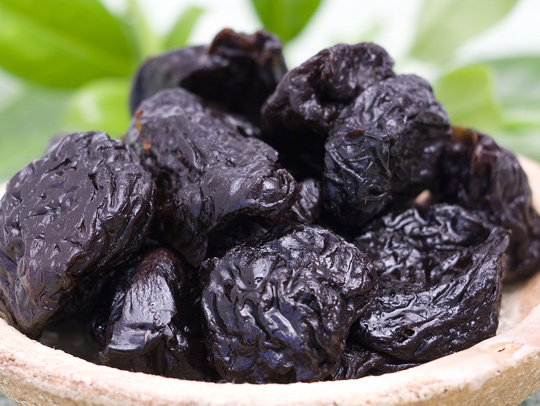California Prune Growers Look For Hope After a Challenging Year
December 16, 2020 | 3 min to read

When the sun rose above the Sacramento and San Joaquin Valleys on New Year’s Day 2020, it was business as usual for California’s prune growers. Their plum trees had been tended to in the run up to winter in order to regulate tree shape and growth, and the first bloom of the year was just weeks away. By the time spring arrived however, the world was caught up in an unprecedented pandemic, the impact of which would be felt economically and socially across the globe.
For Californian agriculture, the combination of COVID-19 and the summer wildfires certainly made for an unusual and challenging year. Buoyed by a healthy, if relatively short, crop however, California Prune growers have found a sliver of hope in sales and are looking ahead to 2021 with optimism.
Donn Zea, Executive Director of the California Prune Board, which represents around 800 prune growers and packers, explains: “Agriculture, like other sectors, has been adversely impacted by the pandemic. The food service industry in particular has been devasted because of restrictions and lockdowns.
“However, with more people choosing to get creative in their own kitchens, consumers have been raiding their store cupboards and experimenting with ingredients they might not normally think to use, such as dried fruit. Consumers are also looking for natural foods with nutritional benefits, and that’s a trend we’ve seen reflected in our sales in Europe and the Far East in particular. We’re hopeful that it continues, especially given California Prunes contain vitamins and minerals that play a part in maintaining healthy immune systems.”
In response to the challenges posed by the both the fires and the pandemic, California Prune growers have adapted well. Donn adds: “Mother Nature waits for no one so, when the harvest came, California Prune growers and their teams worked against the backdrop of smoke, the intense heat of the summer sun and the COVID-19 workplace guidance necessary to keep everyone safe.”
California Prune grower John Taylor, of Taylor Brother Farms in Yuba City, CA, explains: “The pandemic has affected operations, but we felt it less in the orchards, where we were able to separate workers more easily. Our priority this year has been to keep our teams healthy and get through the harvest.”
His fellow Yuba City grower Nick Micheli, of Micheli Enterprises adds: “It was important we responded immediately with the correct procedures such as the implementation of sanitisers, gloves and masks to keep our people safe. Working in PPE in the heat was of course tricky but everyone pulled together under difficult circumstances.”
As challenging as 2020 has been, both growers agree it’s been a ‘vintage’ year for the prunes themselves, in terms of sizing, quality, consistent flavour and excellent sugar content.
Donn adds: “We’re extremely proud of our California Prunes and the value they can add to the trade and the end consumer in terms of nutritional profile, premium taste and versatility – a process that begins right back in the orchards.”
With 2021 just around the corner, the Board is well-placed to respond to the trend towards healthier eating, and its produce comes backed with decades of research into the benefits of eating prunes. For now, though, as the orchards lay dormant for another winter, California Prune growers are already looking ahead to the March bloom. After all, there’s nothing like a blossoming canopy of fragrant flowers to bring hope and optimism.
For more information on California Prunes, visit www.californiaprunes.net
ABOUT THE CALIFORNIA PRUNE BOARD
Created in 1952, The California Prune Board aims to amplify the premium positioning and top-of-mind awareness of California Prunes through advertising, public relations, promotion, nutrition research, crop management and sustainability research, and issues management. The California Prune Board represents approximately 800 prune growers and 28 prune, juice, and ingredient handlers under the authority of the California Secretary of Food and Agriculture.
